
What Are Visuals When Using Psychedelics?
When we trip, we have strong visual experiences. These experiences seem to be shared across space and time, common in their character to all cultures. But, what's going on? Why do we see things when we trip? Did ancient civilisations use psychedelics? What is the difference between closed eye and open eye visuals?
When in a psychedelic state, we are likely to perceive visual effects that are distinct from our normal, sober perception. Ranging from the enhancement of colours to entry into new worlds, these experiences can be profound, life-altering, and beautiful. They are part of human history.
From our earliest records, we can see that humans have been using psychedelic drugs. Tying us to our ancestors, recovered art details how similar their experiences were to the ones we have today. Below is a breakdown of psychedelic visuals, and a little history.
What Are Psychedelic Visuals?
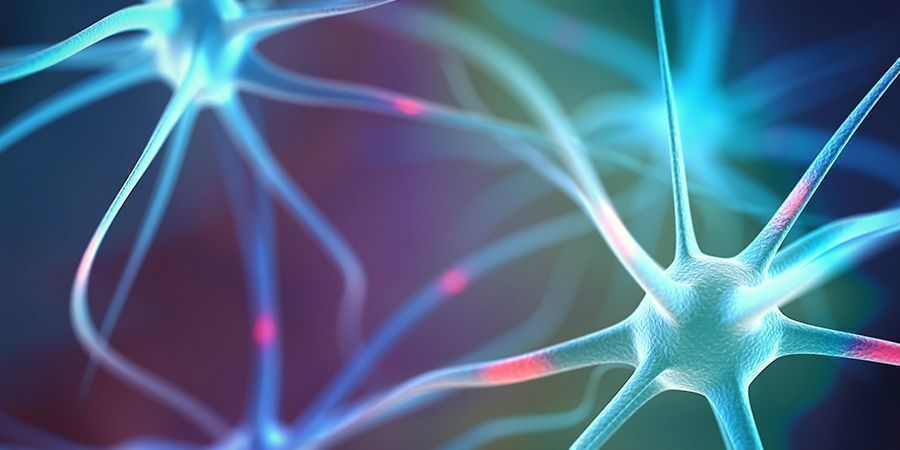
From a scientific point of view, visuals are the result of an immense increase in neural connectivity. But this is far from a reductive take on these weird and wonderful effects of psychedelic drugs. By literally increasing the consciousness of the mind, the visual cortex beholds the world in an entirely new way. What this means is yet to be discovered. However, it is possible that, soon, ancient knowledge will join together with modern scientific findings to illuminate whole new areas of study.
The Mind and Visuals
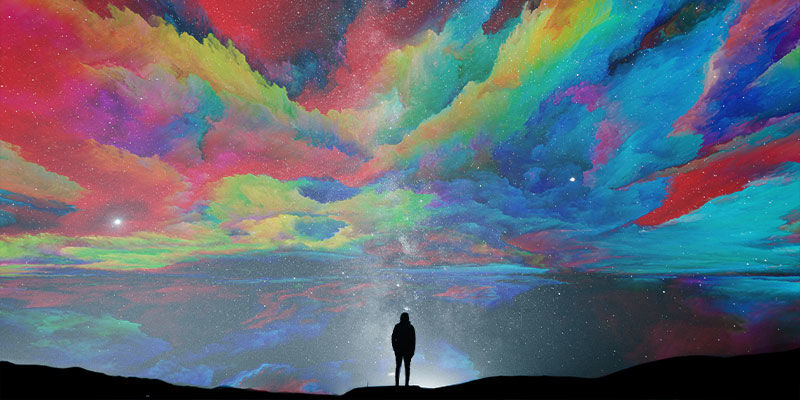
The senses, and the access they give us to the world, have been points of debate and speculation for millennia. From Thales onward, the course of recorded human history ponders whether that which we perceive is the world as it truly is, or simply a mental representation.
Psychedelics have been revered as sacred across so many cultures, often viewed as a pathway to other realms, and giving users access to planes and knowledge which would otherwise be hidden. Modern science, far from disputing these long-held beliefs, is beginning to suggest that psychedelics really do open the mind. For example, researchers at the university of Sussex’s Centre for Consciousness have concluded that the mind becomes “hyper-conscious”[2] when under the effects of psilocybin.
But, what is happening in the mind? In normal, sober states, the functions of the brain tend to take place in their own dedicated sections. Vision, for instance, mostly seems to happen in the visual cortex. Importantly, research indicates that much of what we see is based on what are essentially predictive algorithms. It is more efficient, not to mention much faster, for the brain to invent what it sees.
When under the influence of psychedelics, the usual compartmentalisation of the brain breaks down, and the different areas communicate with each other in ways they usually don’t. The leading theory is that this is due to the suppression of the default mode network (DMN)[3], which seems to control/automate regular brain activity and suppress consciousness.
Since most psychedelics are agonists to 5-HT2A receptors in the brain, they cause a disorganised and enhanced release of serotonin. It is presumably this that induces the psychedelic experience as we know it.
The History of the Psychedelic Experience
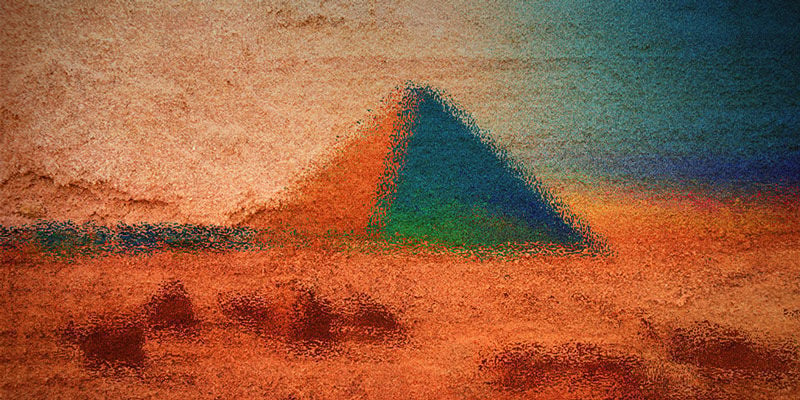
It is no secret that humans have been using psychedelics for generations. The oldest record of use dates back 7,000 years. In the Algerian Sahara, there is a cave that contains a mural of a bee-headed figure with mushrooms sprouting from its body. These mushrooms have been identified as a local species: Psilocybe mairei.
The fractal patterns of the Aztecs and Mayans are likely no coincidence, especially when one considers that, for their descendants, psychedelic rituals are still a major part of their culture. Circular, expanding patterns containing great fractal detail, and often a face at the centre, perfectly represent the visual experience of magic mushrooms or DMT—taken in forms such as ayahuasca by these peoples.
In India, look no further that the many-armed and many-faced depictions of their deities, looking almost indistinguishable from the “tracers” experienced on psychedelics. In all of these cultures, psychedelic visions are intricately linked with worship, spirituality, and the understanding of life, death, and eternity.
For a more sinister look at historical representations of these drugs, the images of a witch stirring a cauldron are thought to come from the brewing and ingestion of psilocybin tea. Further evidence in support of this theory is that the shape of the hat, with its leaning nipple, and the tapered broom on which they fly look surprisingly similar to Psilocybe semilanceata, more commonly known as the liberty cap.
Two Types of Psychedelic Visuals
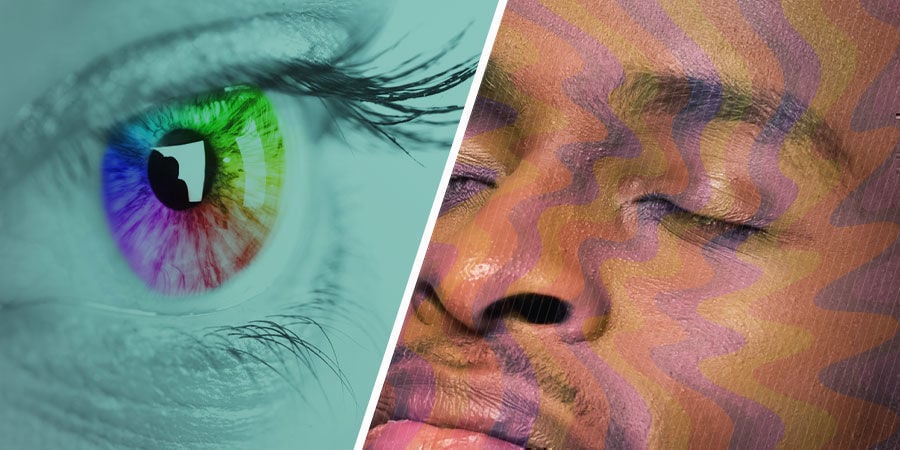
Visuals experienced on psychedelics are often categorised in one of two ways. The first are open eye visuals (OEVs), and the second are closed eye visuals (CEVs).
1. Open Eye Visuals (OEVs)
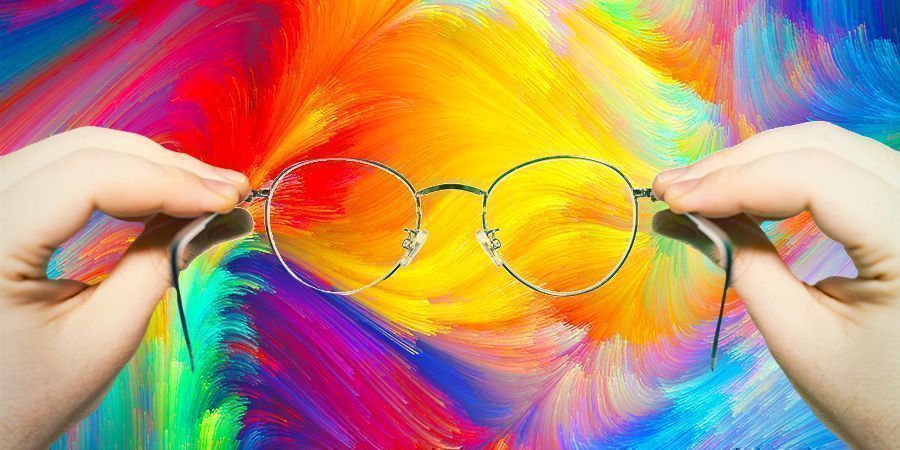
OEVs are fairly self-explanatory. These types of visuals affect the way the user perceives the world with their eyes open. OEVs can range from a slight “breathing” quality to a full-blown hallucination (although, at this point the boundary between OEVs and CEVs can disappear). Many drugs can induce this state: LSD, DMT, mushrooms, mescaline, Salvia divinorum, the phenylethylamines (the 2C series), and more. Each drug produces its own unique effects.
What to Expect With Open Eye Visuals (OEVs)
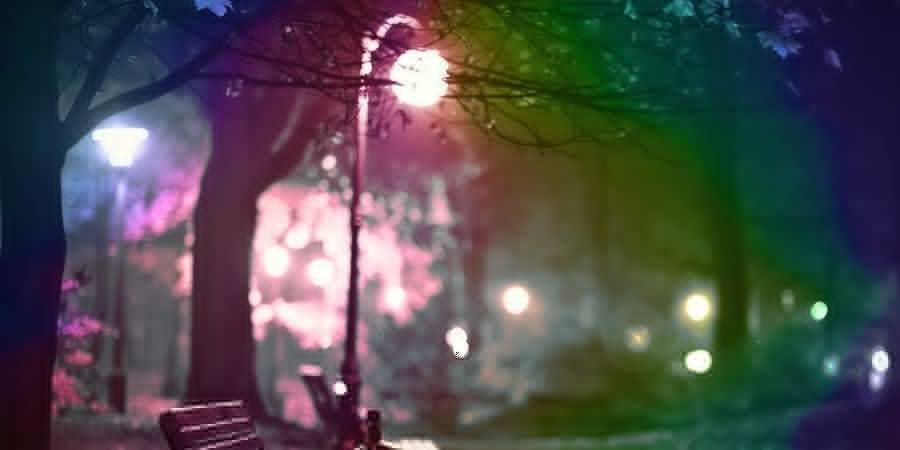
Below is a list of some of the most common visual effects of psychedelic drugs. However, this list is by no means exhaustive, and you should never go into a trip expecting anything in particular. Just take it as it comes.
-
Objects Appearing Closer
Objects that would usually look very far away can seem much closer when in a psychedelic state. This is itself a hallucination, but also an effect of increased acuity of vision, making things seem clearer and more distinct.
-
Pattern Recognition
Much like depictions in ancient art, we often see patterns we recognise in all manner of things. In the bark of trees we may spot faces, and in their branches we may recognise a figure in the midst of a pirouette. The patterns we see are those the brain is most readily able to spot. It is likely that this is the result of hyper-sensitivity in the part of the brain dedicated to pattern recognition.
-
Acuity of Vision
On psychedelics, the world can appear to be exceptionally high-definition. This manifests as very pronounced edges, incredibly deep textures, and rich, varying colours.
-
Diffraction
Most of us, even those who have never used drugs, will have experienced diffraction. Imagine looking at a street light, around which hangs a halo displaying all the colours in the spectrum. This is diffraction. On psychedelics, all things may display this trait. Widening of the pupils is thought to be the cause, allowing a greater amount of light into the eye.
-
Distortion of Depth Perception
Depth perception can seem unusual on psychedelics. Things that would normally look very close can look impossibly far away (and vice versa). Even your hands can look like they are attached to almost infinitely long arms.
-
Geometric Patterns
Geometric patterns are one of the most well-known and recognisable traits of the psychedelic experience. They can twist, shift, change colour, and breathe; all of their own accord. Common and beautiful, geometric patterns are a favourite, and, a little tip, may become most apparent on the simplest of surfaces.
-
Colour Shifting
Colours can constantly shift when tripping. Whether it be multi-coloured ribbons running across the whole world or a single object shifting from one colour to the next, it is often delightful and rich.
2. Closed Eye Visuals (CEVs)
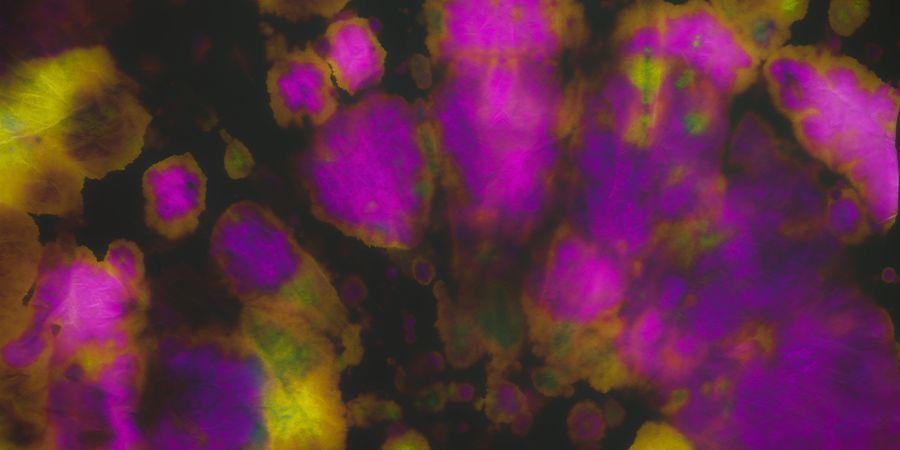
CEVs, unsurprisingly, occur when the eyes are closed, or when one is in an environment entirely devoid of light. In contrast to OEVs, they do not require pre-existing visual stimuli. For many, tripping in the day and tripping in the night are two very distinct experiences due to the nature of these two types of visual hallucination.
In their most moderate form, CEVs are little more than speckles of colour and patches of light and dark. These can become incredibly detailed and colourful patterns, ever moving and often beautiful. At their most extreme, they become entire universes, containing as much detail and clarity as our normal one.
What to Expect With Closed Eye Visuals (CEVs)
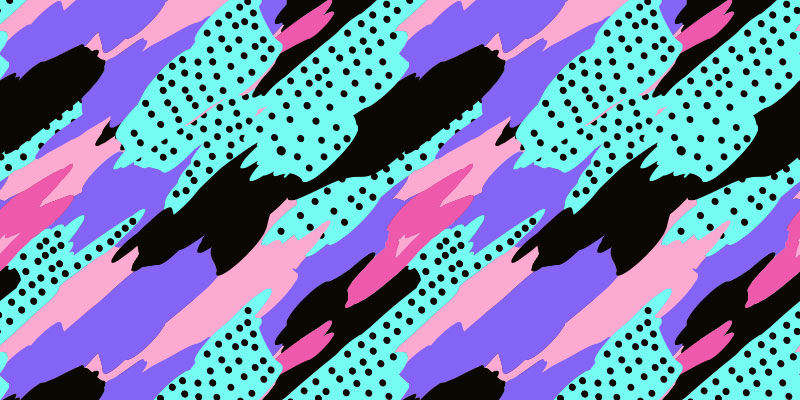
You may notice in the list below that, even if you've never taken psychedelics, you recognise some of these phenomena. Additionally, you will find some of the stranger and more exciting visual effects of psychedelic drugs.
-
Visual Noise
Visual noise can happen when sober. Think pressing your knuckles into closed eyes or lying in the dark. Appearing much like static on an old television, this is a common and moderate type of CEV.
-
Light or Dark Flashes
Though less common, these can also appear when sober. Inexplicable patches of light or dark may appear and disappear, giving the illusion of light shifting before the eyes.
-
Patterns, Motion, and Colour
Similar to geometric patterns with OEVs, these can only happen on drugs, or in some other irregular state. Detailed, colourful, and beautiful, these are likely to take the appearance of turning, fractal patterns contained in a circle—much like classic Aztec or Indian art. They may, however, take any form, but are likely to be repetitive.
-
Objects and Things
Seeing realistic objects and things is a more intense type of CEV, and unlikely to occur during moderate trips. Often requiring prolonged periods of relaxation and isolation, these can be life-like and profound.
-
Overriding Physical Perception
At this point, it is likely the difference between CEVs and OEVs will become, if not unrecognisable, mostly irrelevant. Most common on DMT, in these states the mind takes itself to whole new universes that seem just as real (or often hyper-real) to the normal one. Profound, sometimes scary, and almost always enlightening. Whilst not everyone’s cup of tea, these can be life-changing experiences.
How to Increase the Intensity of Psychedelic Visuals
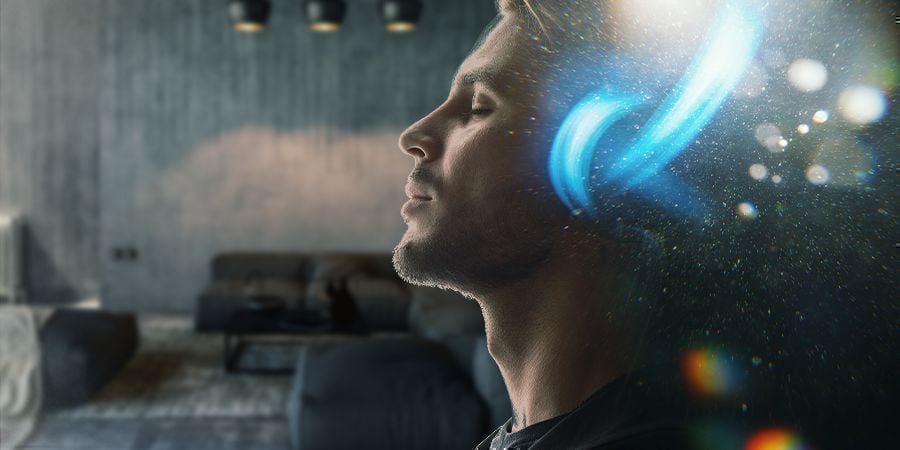
There are multiple ways to increase visuals during a psychedelic trip. The foremost is setting. Contrary to what some initially believe, more visual stimuli does not equal more visuals. Quite the opposite.
An abundance of stimuli is likely to suppress, and possibly totally eradicate, the visual element of a psychedelic experience. Conversely, a blank white wall can induce massive hallucinations and the most spectacular of visual experiences. Nature seems to be the best place to trip. Offering seclusion and beauty, it allows the mind to relax and focus on visuals. And the goldilocks-like degree of varying stimuli gives the mind ample material to work on, and ample space to trip.
Focus is the friend of those who wish to experience visuals. Focusing on a single texture or object will cause it to come to life. The longer you look, the stranger it will appear. Though, be careful, as this can become all-consuming. It is surprisingly easy to get lost in the majestic patterns of a rug or a tree.
Music and closed eyes will also stimulate a visual experience. Listening to your favourite soothing music and disappearing into the mind is a sure way to see some magnificent things.
If all else fails, a higher dose next time might do the trick.
- (n.d.). First evidence for higher state of consciousness found - https://www.sussex.ac.uk
- (n.d.). LSD May Chip Away at the Brain's 'Sense of Self' Network - Scientific American - https://www.scientificamerican.com
- Contributors to Wikimedia projects. (2001-07-20T22:30:02Z). Thales of Miletus - Wikipedia - https://en.wikipedia.org
- Contributors to Wikimedia projects. (2004-11-18T21:05:25Z). Tassili n'Ajjer - Wikipedia - https://en.wikipedia.org
-
 5 min
31 March 2025
Is it possible to have a psychedelic experience on cannabis?
Cannabis can sometimes cause very intense highs, and these might feel trippy or even conjure up experiences that might feel like (or may even be) hallucinations. But can it cause a true psychedelic...
5 min
31 March 2025
Is it possible to have a psychedelic experience on cannabis?
Cannabis can sometimes cause very intense highs, and these might feel trippy or even conjure up experiences that might feel like (or may even be) hallucinations. But can it cause a true psychedelic...
-
 3 min
15 April 2021
Timothy Leary's Five Levels Of Psychedelic Experience
Taking psychedelic drugs can be downright daunting. With a little foreknowledge though, you can prepare yourself and greatly reduce the chance of a bad trip. In fact, most trips are amazing; you...
3 min
15 April 2021
Timothy Leary's Five Levels Of Psychedelic Experience
Taking psychedelic drugs can be downright daunting. With a little foreknowledge though, you can prepare yourself and greatly reduce the chance of a bad trip. In fact, most trips are amazing; you...
-
 4 min
20 December 2020
Top 10 Reddit Psychedelics Communities
Word of mouth has long been a crucial part of the psychonaut community. From dosing info to trip reports, people have always come together to share tips and recommendations. Recently, this...
4 min
20 December 2020
Top 10 Reddit Psychedelics Communities
Word of mouth has long been a crucial part of the psychonaut community. From dosing info to trip reports, people have always come together to share tips and recommendations. Recently, this...
-
 4 min
25 March 2020
Ranking Psychedelics: Beginner To Spiritual Guru
Perhaps you’re an aspiring psychonaut, or maybe you’re interested in trying psychedelics for the first time. This guide is constructed as a general ranking of psychedelics from least to most...
4 min
25 March 2020
Ranking Psychedelics: Beginner To Spiritual Guru
Perhaps you’re an aspiring psychonaut, or maybe you’re interested in trying psychedelics for the first time. This guide is constructed as a general ranking of psychedelics from least to most...
-
 4 min
8 November 2019
Most Common Mistakes When Ingesting Psychedelics
By avoiding these common mistakes when using psychedelics, you can ensure a joyful and perhaps life-changing experience. Magic mushrooms have been safely used by millions throughout history—but you...
4 min
8 November 2019
Most Common Mistakes When Ingesting Psychedelics
By avoiding these common mistakes when using psychedelics, you can ensure a joyful and perhaps life-changing experience. Magic mushrooms have been safely used by millions throughout history—but you...
-
 5 min
3 October 2019
The Psychedelic Trip Sitter's Guide
Whether you are new to psychedelics or an experienced hand, the benefits of a trip sitter are significant. While they will not guide your trip, they are there to make sure you can explore the...
5 min
3 October 2019
The Psychedelic Trip Sitter's Guide
Whether you are new to psychedelics or an experienced hand, the benefits of a trip sitter are significant. While they will not guide your trip, they are there to make sure you can explore the...
-
 9 min
19 April 2019
How To Prepare For A Safe Psychedelic Trip?
Here at Zamnesia, we want to make sure you have a good trip on your first plummet down the rabbit hole. Follow these guidelines whether you just want to giggle uncontrollably for a while or give...
9 min
19 April 2019
How To Prepare For A Safe Psychedelic Trip?
Here at Zamnesia, we want to make sure you have a good trip on your first plummet down the rabbit hole. Follow these guidelines whether you just want to giggle uncontrollably for a while or give...
-
 4 min
11 April 2018
Top 7 Psychedelic Teas You Can Make At Home
In today's world, psychonauts are deciding to be a bit more classy. It's time to organize a 'High' tea with mates, with one of these 7 psychedelic teas.
4 min
11 April 2018
Top 7 Psychedelic Teas You Can Make At Home
In today's world, psychonauts are deciding to be a bit more classy. It's time to organize a 'High' tea with mates, with one of these 7 psychedelic teas.













 United States
United States










